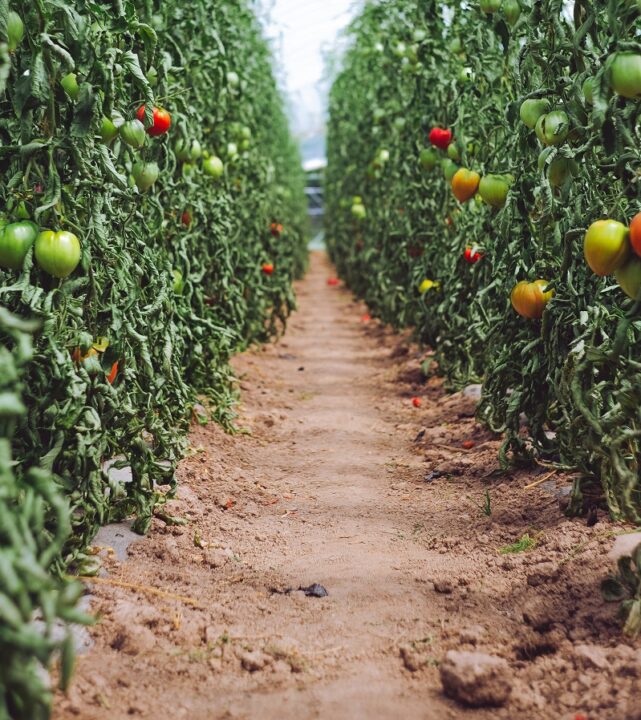Use Water Pressure to Get More from Your Drip Systems
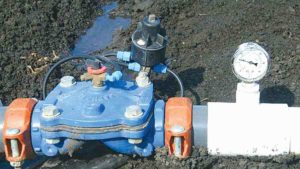
Figure 1: Adjustable pressure regulating valve. Photos courtesy of Michael Cahn
Growers in the West have continued to invest in drip irrigation, each year producing more acres of vegetables using drip tape technology. Drip irrigation has helped growers increase yields, improve quality, and conserve water.
Chemigation through drip has become an important tool for using fertilizer more efficiently by better synchronizing the delivery of nutrients with crop needs. Despite these benefits, drip often requires more management than furrow and sprinklers, and mistakes can be costly. Inadequate filtration can clog drip emitters and result in water-stressed plants. Poor drip system designs can result in uneven applications of water, creating wet and dry areas within a field.
We frequently hear about the importance of maintaining correct tire pressure in our vehicles to improve gas mileage, lessen tire wear, and maximize safety. Pressure management also is critical for optimizing the performance of drip systems. Most drip tape used for vegetables discharges more water under higher pressure and less under lower pressure. In comparison to sprinklers, which are pressurized to 45 pounds to 60 pounds per square inch (psi), drip tape is usually operated at low pressures ranging between 8 psi to 12 psi.
Watch Your Pressure
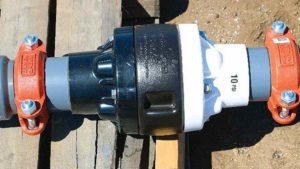
Figure 2: Pre-set pressure regulator.
At these relatively low pressures, small fluctuations in pressure will affect the application rate and uniformity of drip systems. Changes in elevations as little as 5 feet may change the pressure in drip tape by 2 psi. Consequently, fields with excessive slope (greater than 5%) will have higher pressure and more water applied at the lower end.
Pressure also is lost in a drip system due to friction between the flowing water and wall of the drip tape, which causes turbulent flow. Increasing flow rate will increase turbulent flow and pressure losses within a pipe or drip tape tube. A drip system must be designed with appropriate diameter pipes and tape to accommodate higher flow rates.
Maintaining consistent pressure during each irrigation also is critical for irrigation scheduling. If a drip system is operated at lower-than-normal pressure, less water will be applied than intended.
Pressure regulators can assure that a drip system is operated at a consistent pressure by attenuating fluctuations in upstream pressure. Both adjustable and pre-set pressure regulators are available for commercial drip systems.
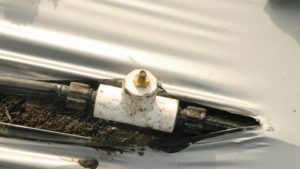
Figure 3: Schrader valve installed on a drip tape coupler
An adjustable pressure regulating valve (see Figure 1) usually has a pilot mechanism that is adjusted to a desired downstream pressure and actuates a valve through a series of tubes. A pre-set pressure regulator (see Figure 2) is calibrated to a fixed downstream pressure. A common difficulty with the adjustable pressure regulators is that irrigators need training on how to operate and troubleshoot potential problems. Though pre-set pressure regulators are simple to use, they accommodate a narrower range of flow rates compared to most adjustable pressure regulators, and are usually limited to pipe diameters of less than 3 inches.
Monitor Critical Areas
Equally important as using pressure regulators is monitoring pressure at critical spots in a drip system. The most important locations to check pressure are at the pump, before and after the filter station, before and after submain valves, ends of submains, and mid-distance and ends of drip lines. Pressure gauges can be used at the pump and filter station where pressures are usually above 30 psi, but it is helpful to install Schrader valves at other locations where pressures are lower so that the same gauge can be used to compare readings. Within the field, Schrader valves can be installed on the drip tape using couplers (See Figure 3).
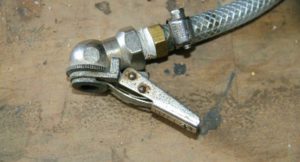
Figure 4: An adapter chuck is used for taking pressure readings from a Schrader valve.
take pressure readings from a Schrader valve, an adapter chuck needs to be fitted to the gauge (see Figure 4). Digital pressure gauges can provide quick and accurate measurements of drip tape pressure, but they are susceptible to water damage. Most oil-filled pressure gauges, which use a spring mechanism, are not damaged from water, and are accurate to ±1 psi to 2 psi.
Rough handling may damage and potentially reduce the accuracy of pressure gauges. A calibrated pressure gauge should be used periodically to check the accuracy of pressure gauges used in the field. Irrigators usually need training on how to correctly take and record pressure readings.
Pressure management is key to successfully operating drip systems. The design of a drip system should minimize variation in pressure within a field. Pressure regulators should be used to maintain a consistent pressure during an irrigation, and pressure needs to be evaluated at critical locations to assess that a drip system is operating optimally.
Getting the pressure right will assure that you are getting the water right.







